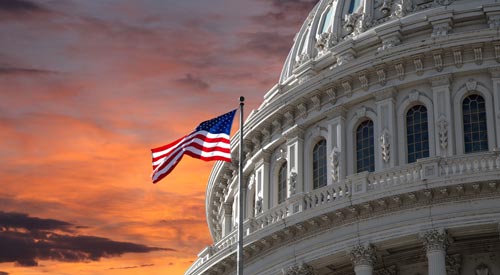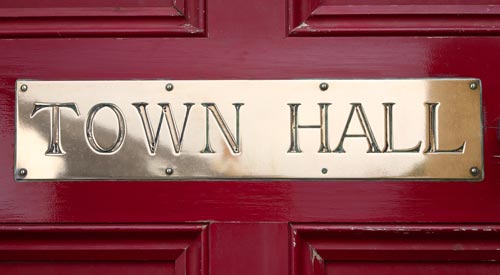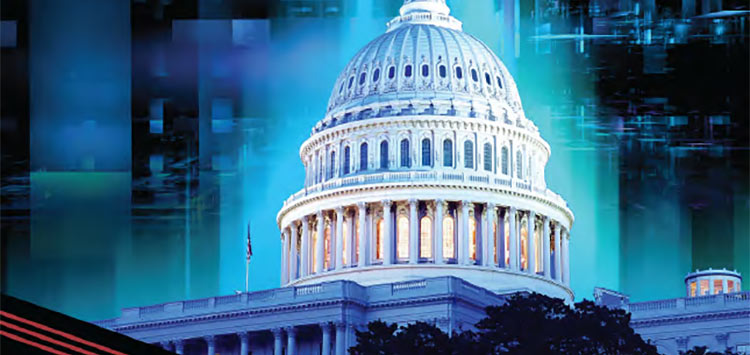New York City Open Data: A Brief History
Data-Smart City Solutions: When New York City leaders passed comprehensive open data legislation in 2012, they set a high bar for open information and government transparency. Not only would the city open its data: it would open it all. Yesterday, the Open Data Law turned five years old. New York City’s open data team is celebrating with a suite of new announcements, including a new website, a new data literacy pilot, and the city’s inaugural Open Data Week. Each of these developments was the direct result of user research, conducted to ensure that NYC Open Data reflects the unique needs and character of New Yorkers and their city. In that sense, these updates reflect the century-long local tradition of civil society protections from which the initiative emerges. As NYC Open Data steps into the future, it’s worth looking back at how it became what it is today. OPEN DATA’S ANTECEDENTS Before government information was stored in databases, the notion that information created in the public interest belongs to the public was fueling the development of modern urban civics. The idea that government activities should be “open” traces, in part, back to New York City in the early 20th century, when Progressive Era reformers fought for legal remedies to the corrupt ward politics and favors-trading power brokerage characterized by the Tammany Hall political machine.
Tags
Share
Top Stories
- Green waste management solution allows Miami DPW managers to monitor dumpster levels from afar
- The States Where Driving Was Up and Down the Most After Covid Hit
- Zencity acquires analytics firm Elucd for broader sentiment analysis
- Why It’s Time to Get Serious About Intergovernmental Data Sharing
- How to Fairly Use Algorithms to Make Tough Decisions
- Blockchain Voting Debate Heats Up After Historic Election
- Grant Could Bring New Data Center to Wyoming County
- For America’s New Mayors, a Chance to Lead with Data
- Miami-Dade transit using AI to monitor passengers for social distancing
- ‘No bar’ to what election officials shared on Election Day, DHS says
- White House refutes Cuomo's coronavirus vaccine 'extortion' allegation
- How the Kennedy Election Started Big Data and Voting Blocks
- California’s Unemployment Backlog Grew to Over 1 Million Applications. Will Automation Speed Up Payments?
- Denver builds data analytics hub for easier COVID-19 analysis
- Geolocation Data Could Help Planners Design Communities that Require Less Driving
- California’s new data strategy aims at interconnectivity
i360Gov Newsletters
The most significant government policy, business, and technology news and analysis delivered to your inbox.
Subscribe Now

















